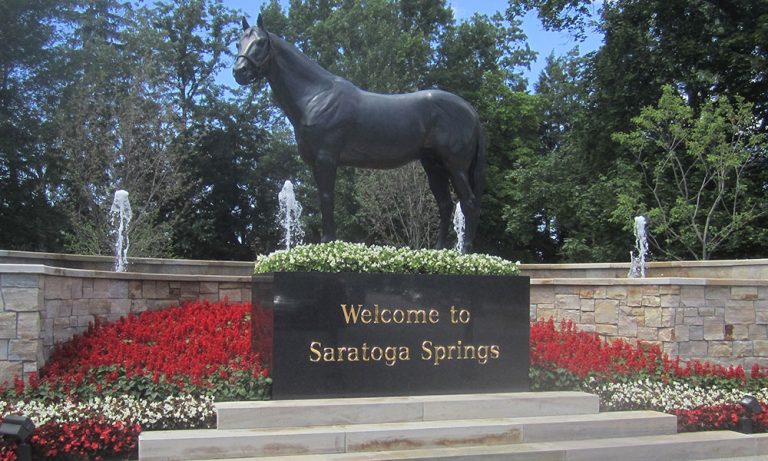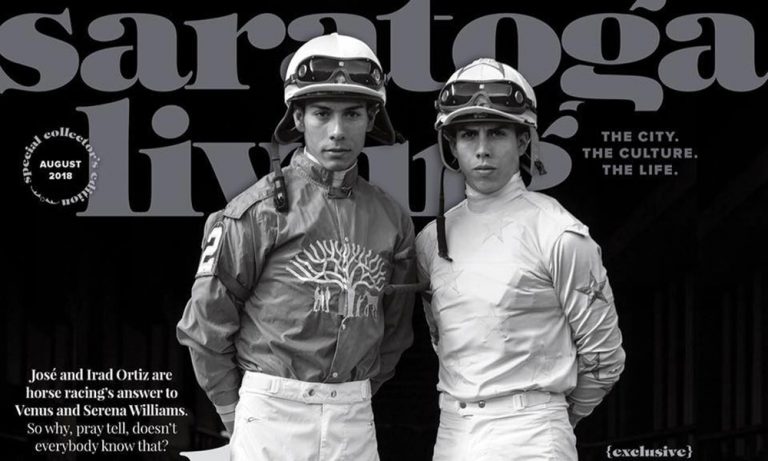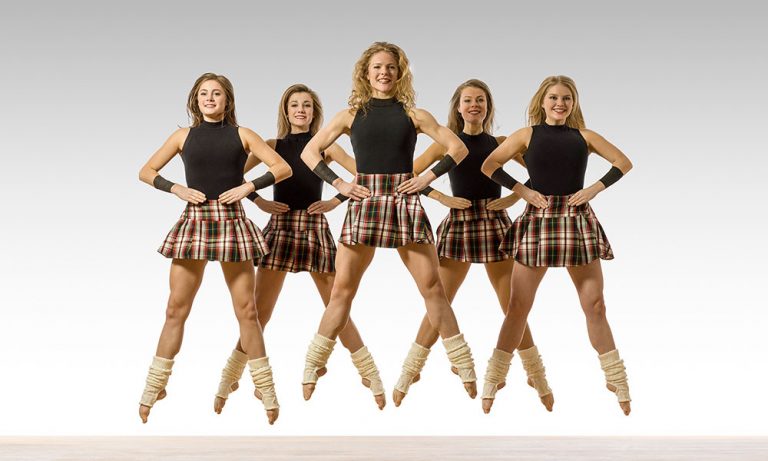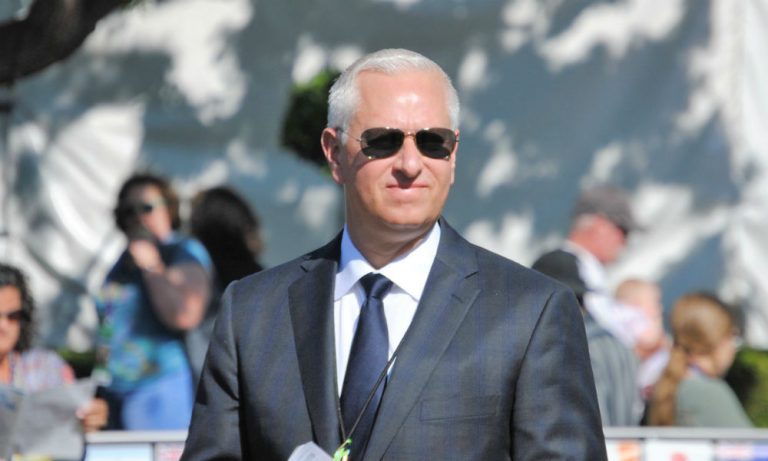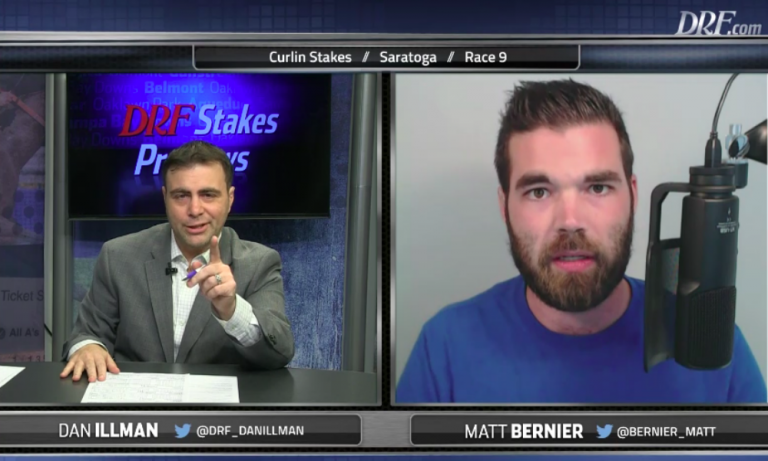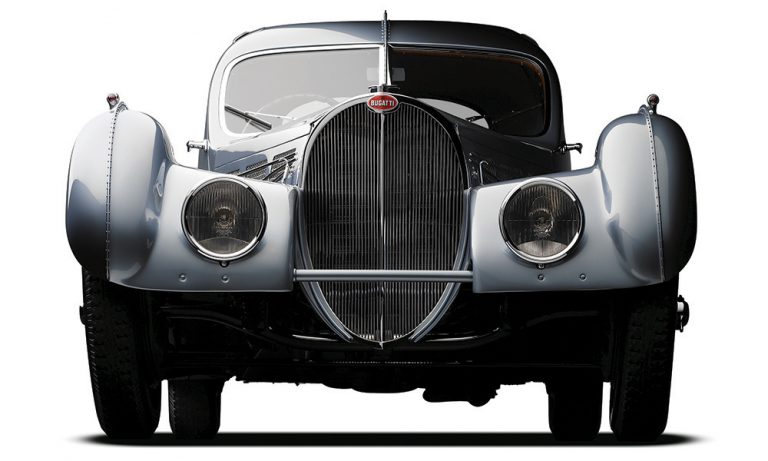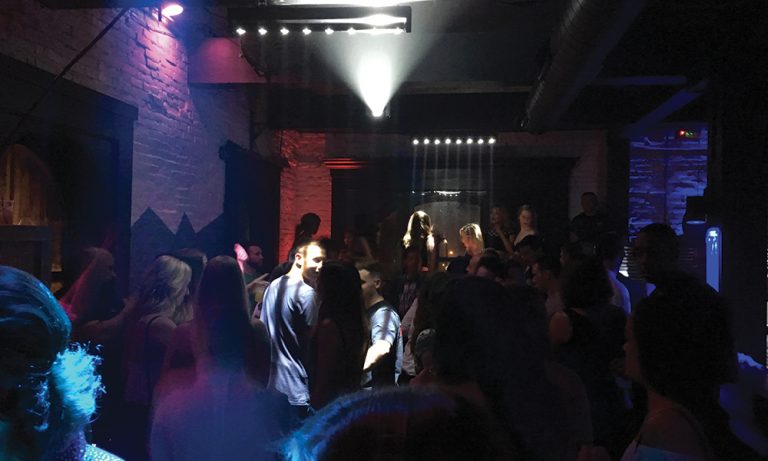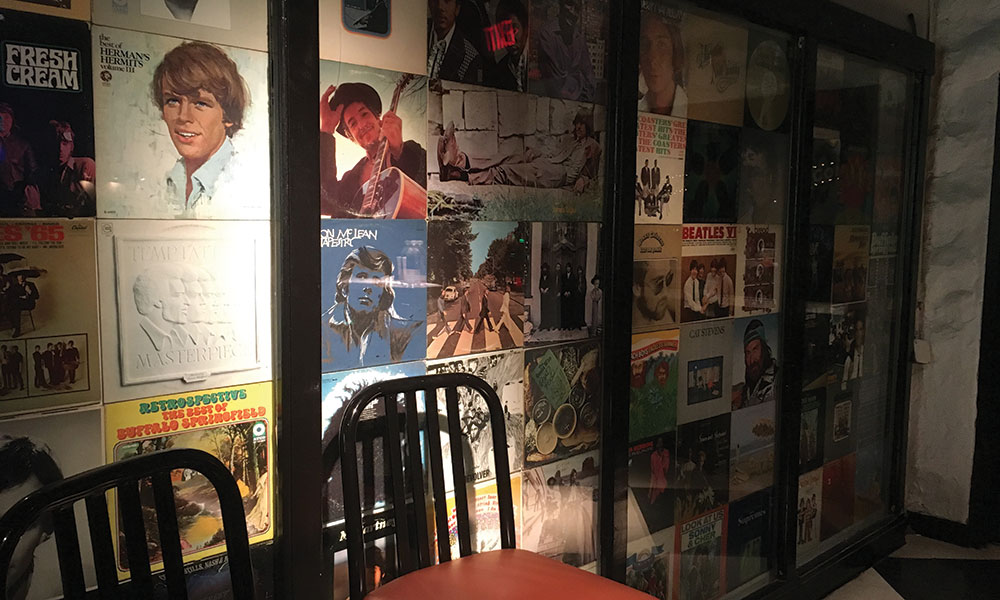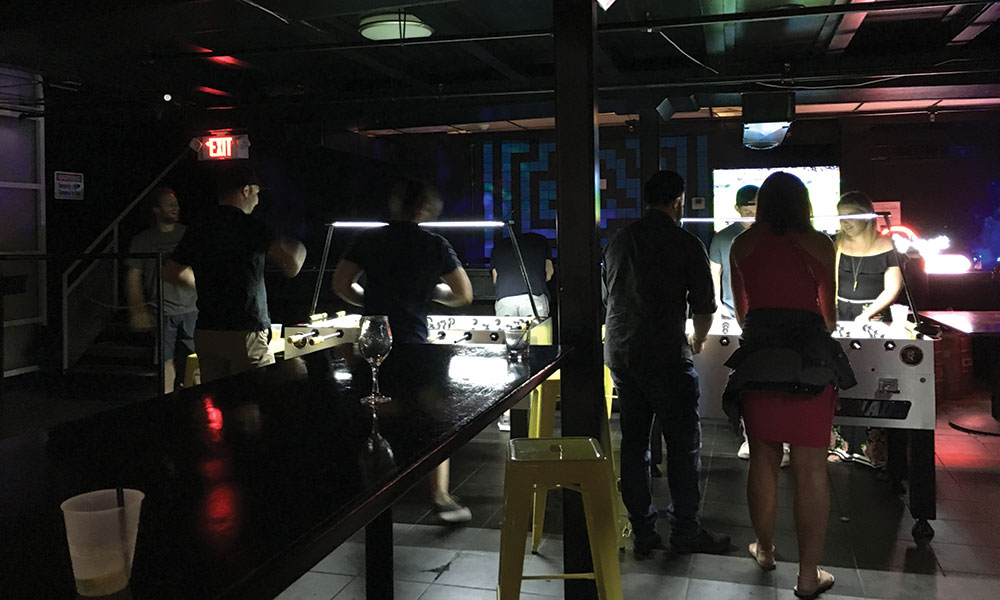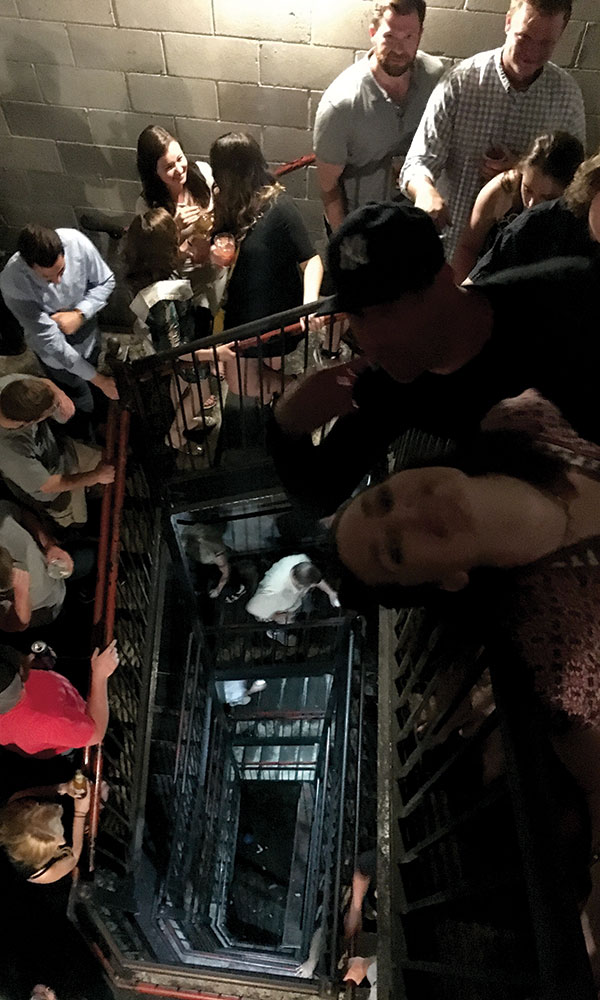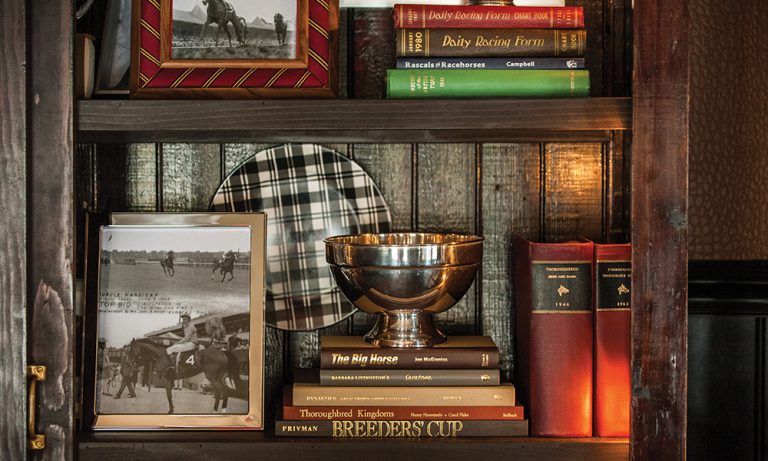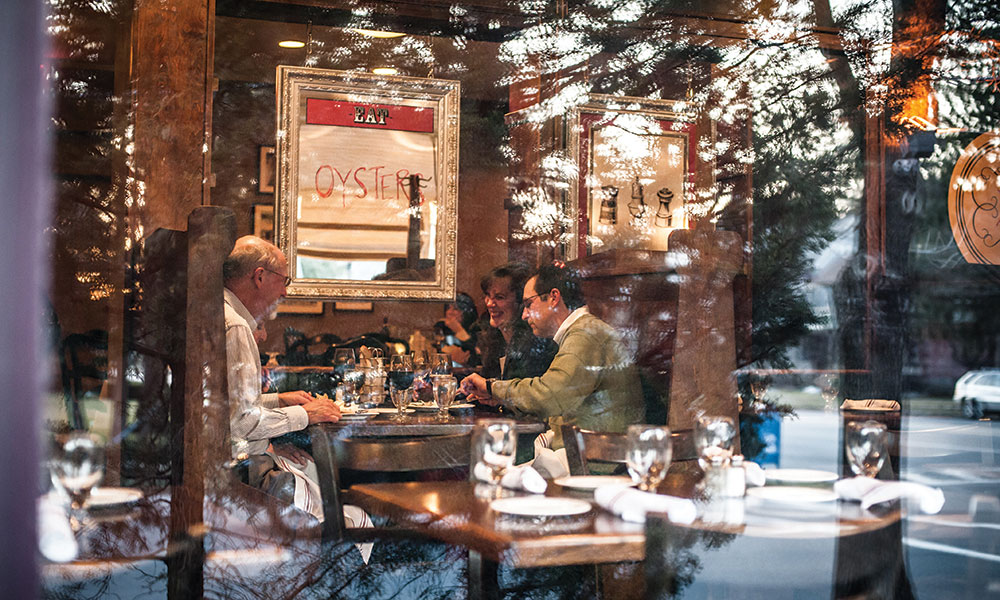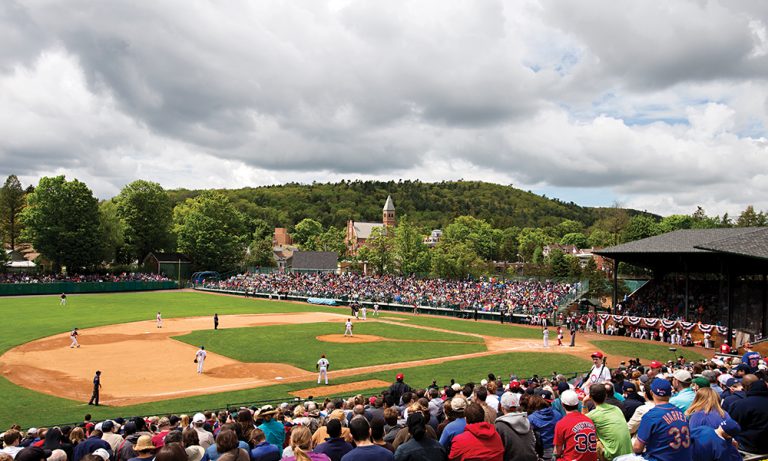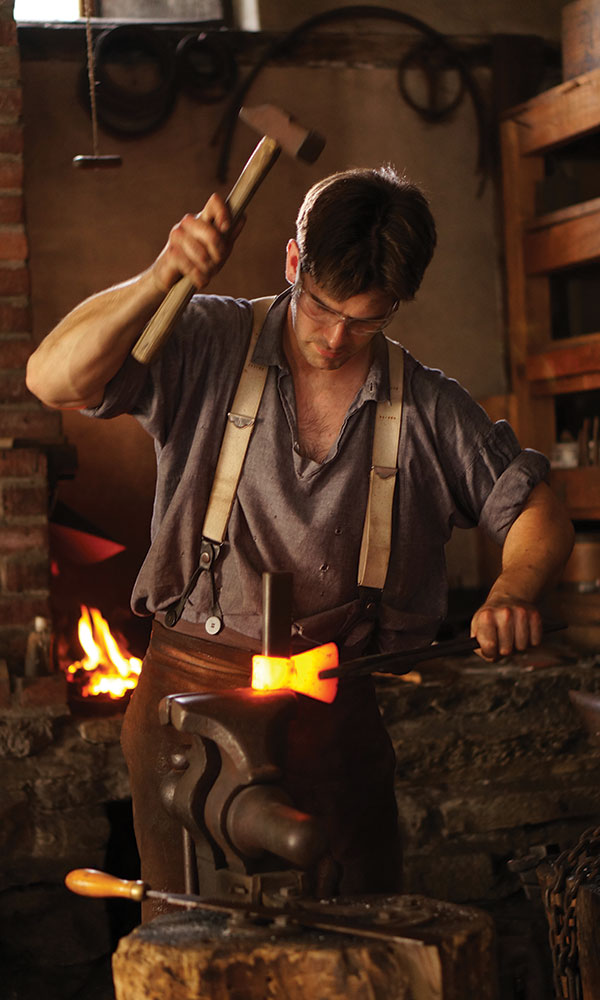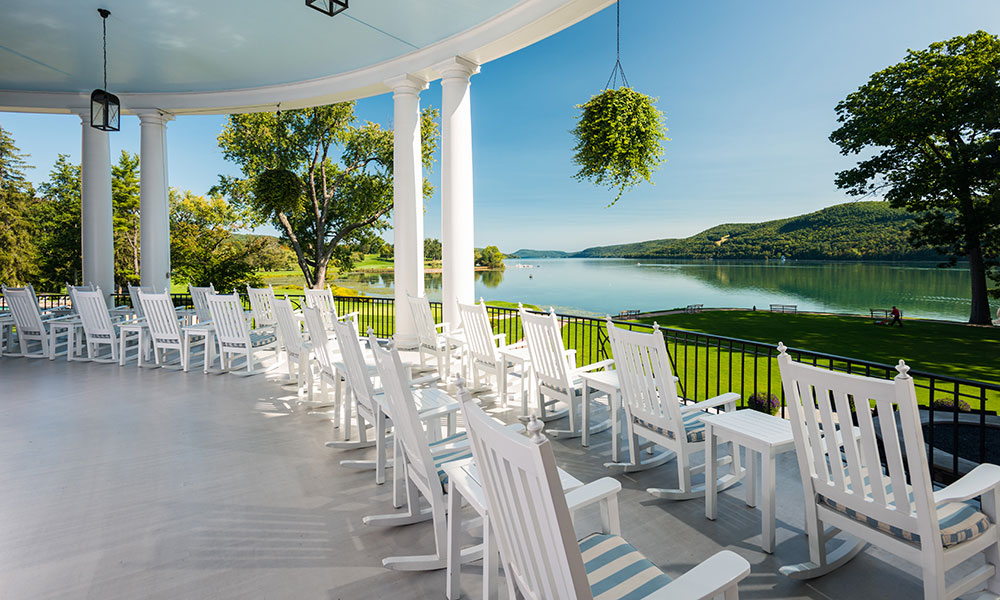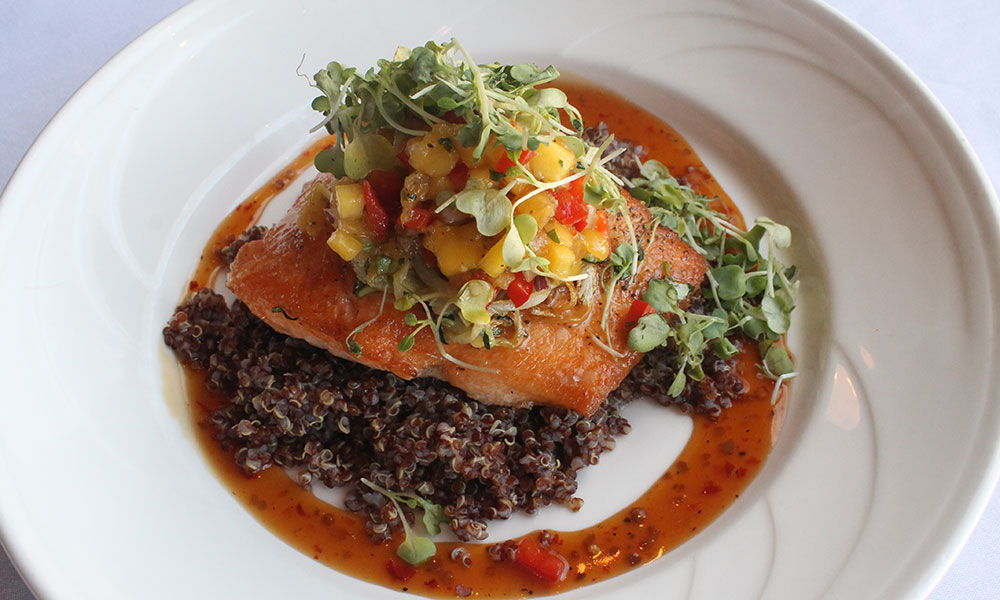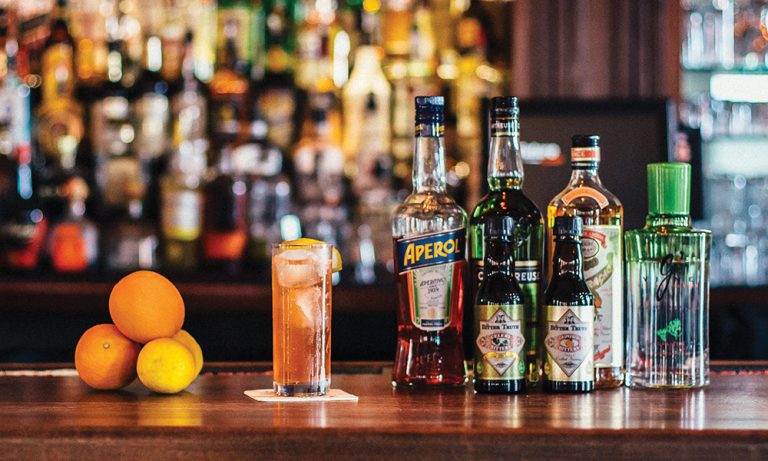Vino Rosso, Flameaway, and Tenfold were just a few of the many 3-year-olds Justify left in the dust on his way to becoming Thoroughbred racing’s 13th Triple Crown winner.
With Justify now officially retired, there are ample opportunities for that trio – and others – to win some lucrative races in the division and perhaps set themselves up for bigger and better things next year.
Vino Rosso, Flameaway, and Tenfold are three of the five runners in Saturday’s Grade 2, $600,000 Jim Dandy Stakes, a race that leads to the Grade 1, $1.25 million Travers Stakes later this summer at Saratoga.
Todd Pletcher, the trainer of Vino Rosso, has won the Jim Dandy six times starting in 2000 with two of those winners – Flower Alley and Stay Thirsty – coming back to also win the Travers, a race that will be in need of a favorite.
“The division is certainly more wide open now,” Pletcher said. “There’s a lot of attractive races left to be run. We’re hoping he can step up that next notch and, now that Justify’s out, may be the next best one.”
Vino Rosso won the Grade 2 Wood Memorial at Aqueduct to earn his way into the Kentucky Derby. Vino Rosso was one of the many who didn’t care for the slop in the Derby, finishing ninth and emerging with a ton of mud in his eye.
“It literally took us a couple of days to get his eyes clean and free of all the slop,” Pletcher said.
In the Belmont Stakes, Vino Rosso made an early move at Justify down the backstretch, getting within a length of that horse with 3 1/2 furlongs to run. But Justify kept going while Vino Rosso flattened out in the lane, finishing fourth, 3 3/4 lengths back.
“I thought he ran solid,” Pletcher said. “He’s training well here. We always felt like he’s a horse that’s going to get better in the late summer and fall of the year as he gets a little older. Hopefully that proves to be the case.”
John Velazquez rides from post 5.
Despite the short field, there appears to be the likelihood of a contested pace. Flameaway, the front-running winner of the Sam F. Davis, drew the rail, prompting trainer Mark Casse to say that he will likely have him sent away from there. Sporting Chance, who won the Grade 1 Hopeful here last summer, is likely to show speed stretching out. Reride, who scratched from Friday’s Curlin Stakes, is another potential pace factor.
The Jim Dandy goes as race 10 on an 11-race card that includes the Grade 1 Alfred. G. Vanderbilt for sprinters; the Grade 2, $200,000 Amsterdam Stakes for 3-year-old sprinters; and the Grade 2, $250,000 Bowling Green Stakes for older horses on turf.
KEY CONTENDERS
Vino Rosso, by Curlin
Last 3 Beyers: 97-88-98
◗ He was beaten only two lengths for second in Belmont when his early move to go after Justify backfired.
◗ Only member of the field to have won at 1 1/8 miles.
Flameaway, by Scat Daddy
Last 3 Beyers: 86-59-93
◗ Finished ahead of Vino Rosso twice at Tampa during the winter.
◗ Casse felt he ran a short horse when he faded to sixth in the Grade 3 Ohio Derby.
“If he doesn’t run well or they beat him, then he’s just not good enough, because he’s at the top of his game,” Casse said. “Where that puts him in there, I’m not sure. His spring form was very good. If he comes with his ‘A’ game, I got to think he’s got as good a shot as anybody, and he’s training right now as good as I’ve ever seen him train.”
Tenfold, by Curlin
Last 3 Beyers: 93-95-92
◗ Did get within three-quarters of a length of Justify when third in the Preakness.
◗ Had less than a smooth trip when finishing fifth in the Belmont Stakes.
◗ Has two solid works over the Oklahoma training track.

